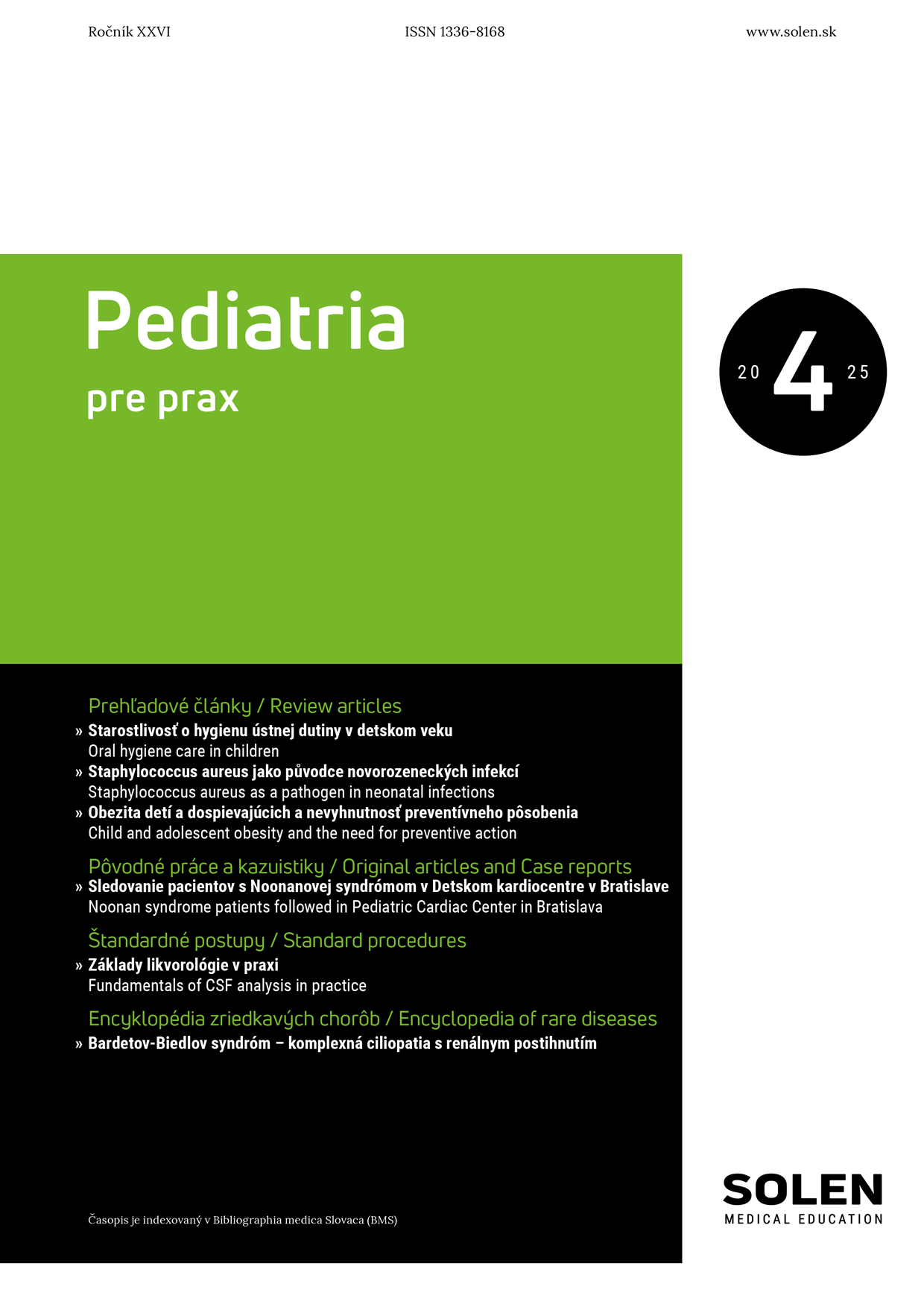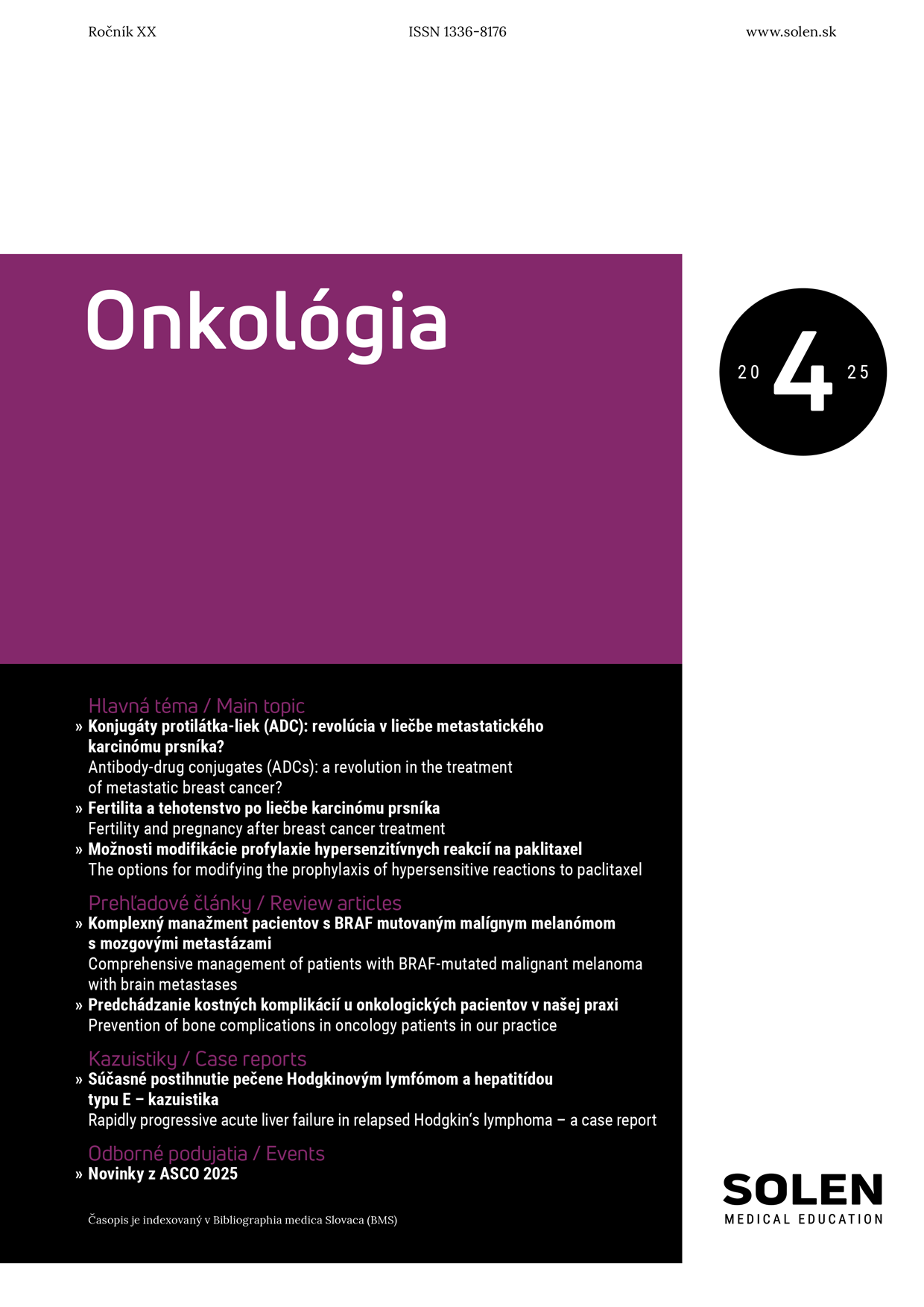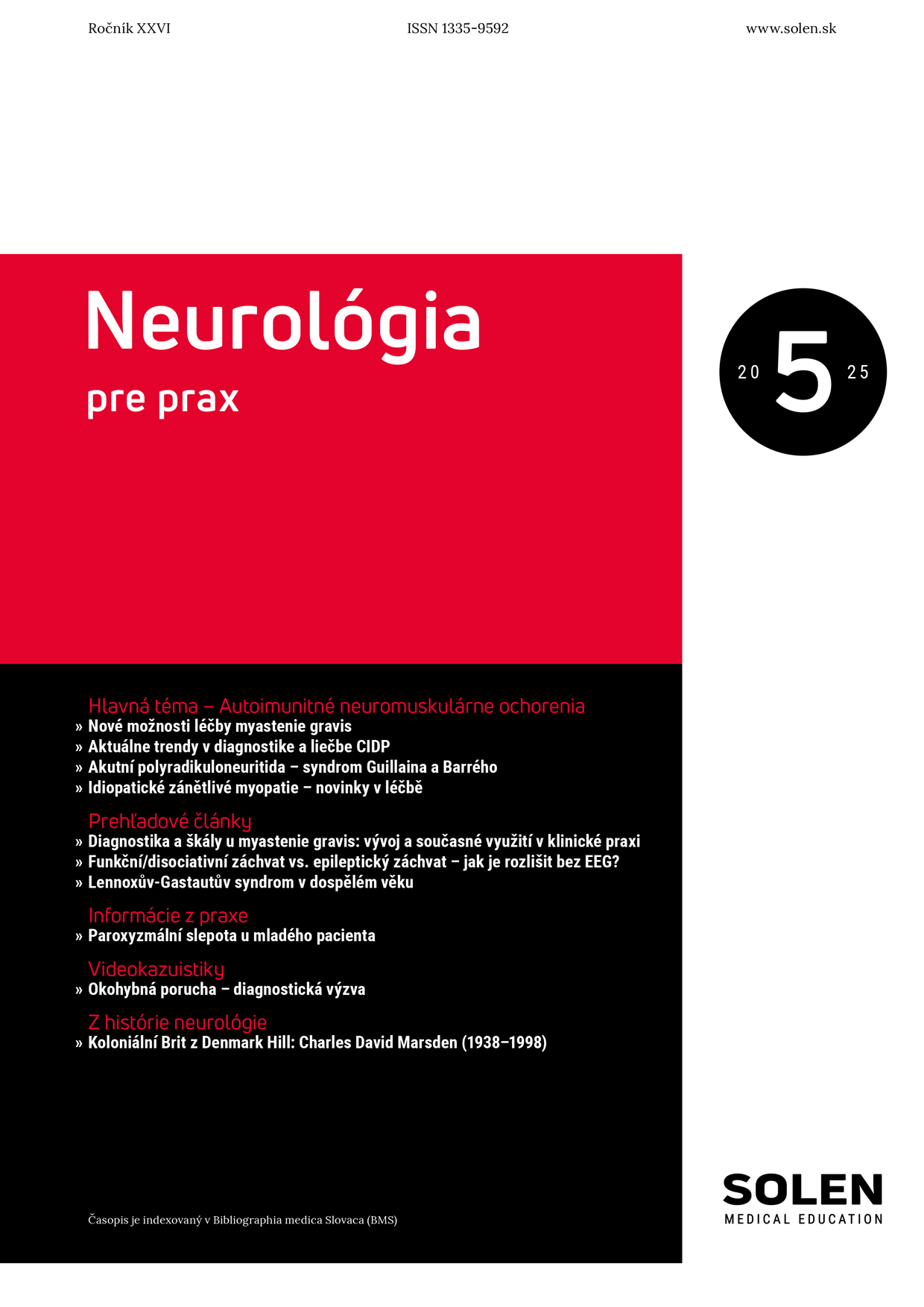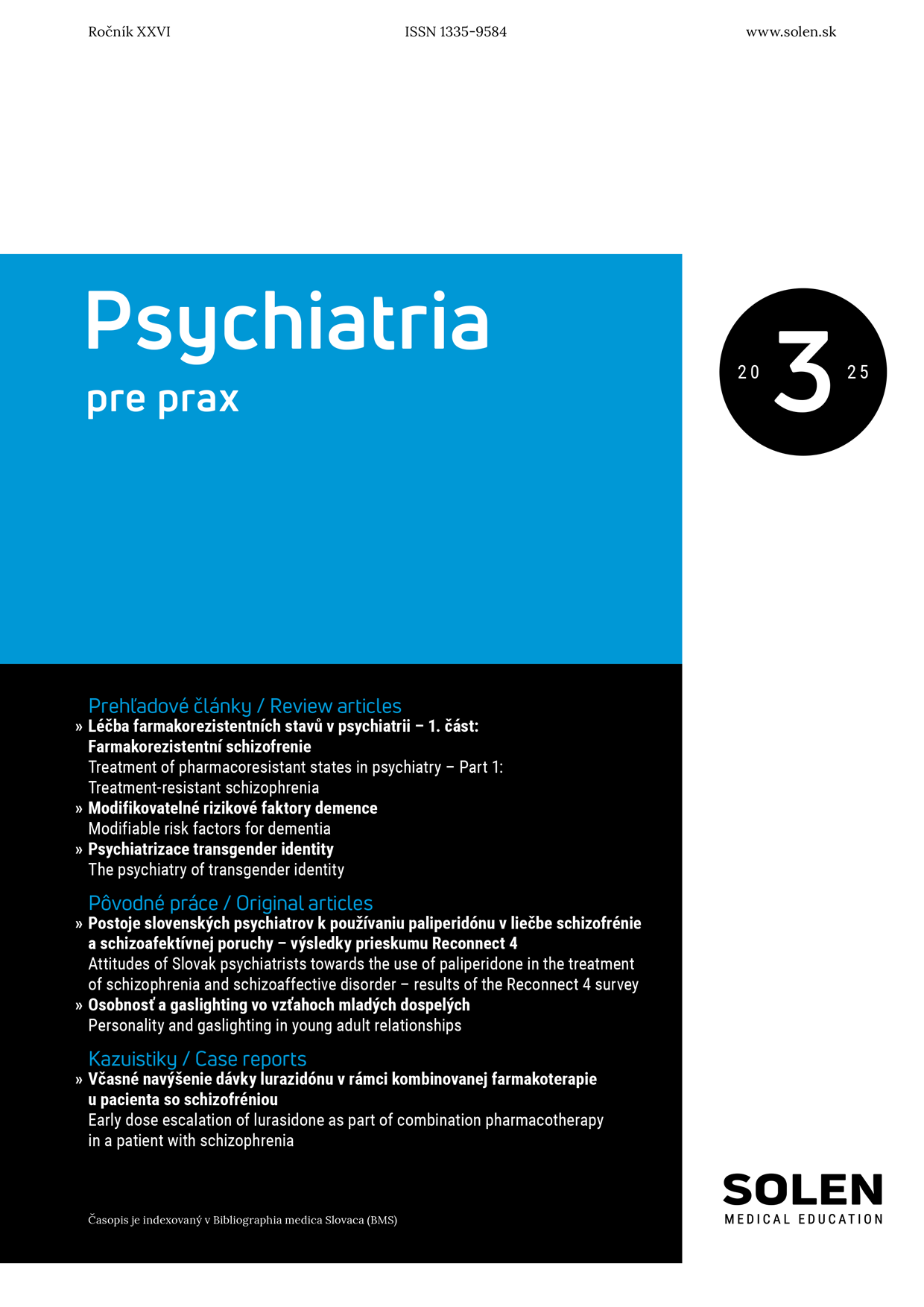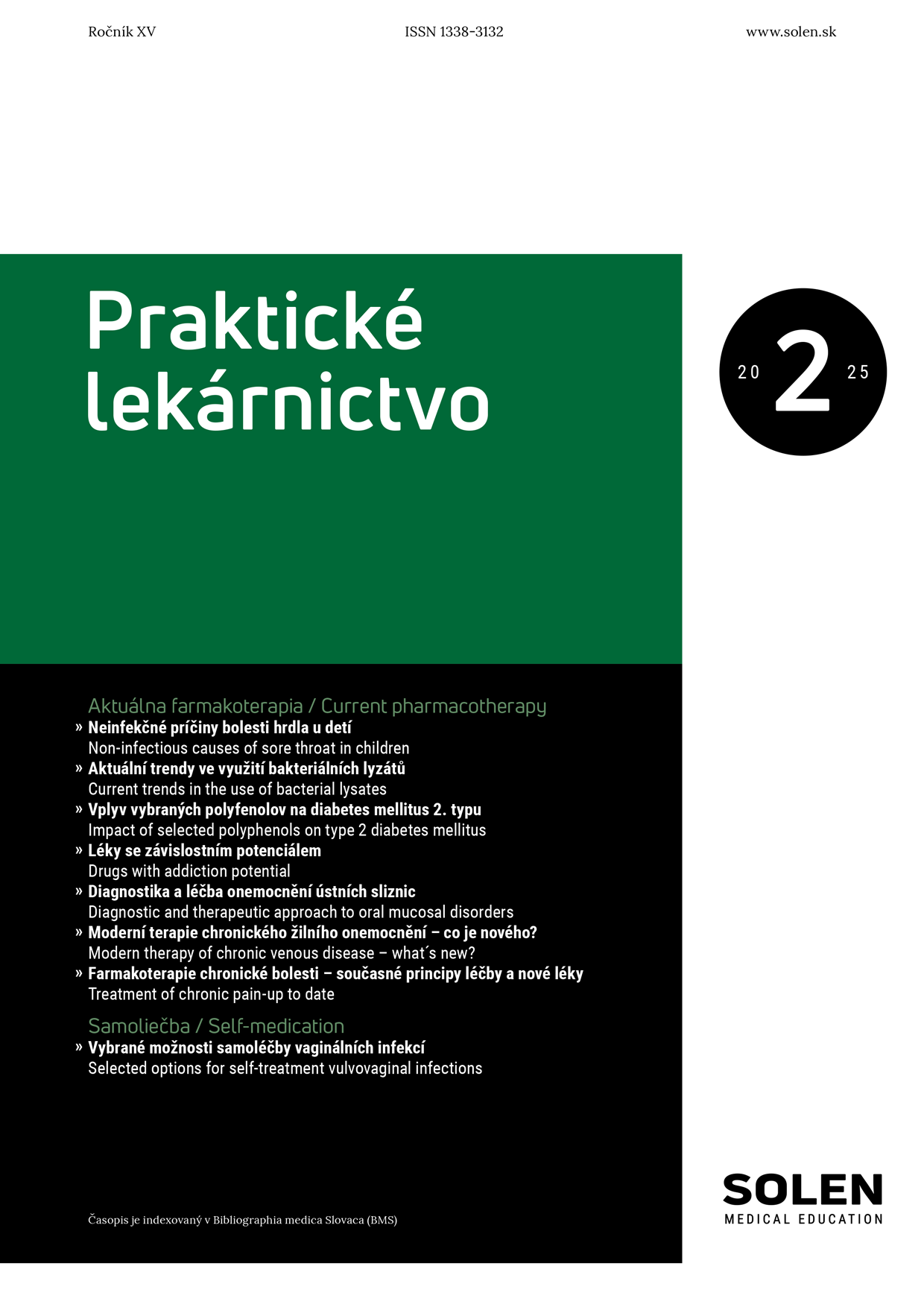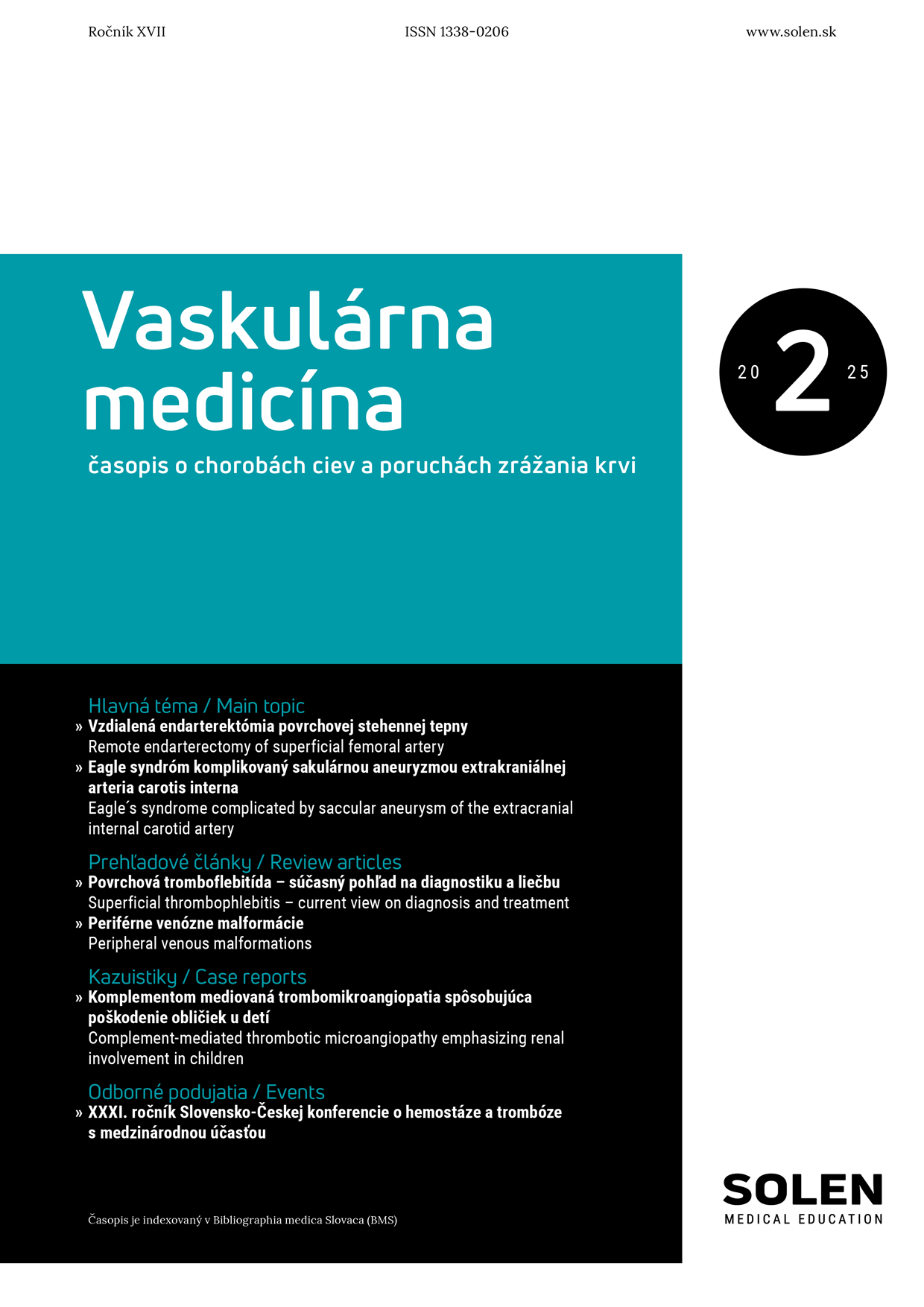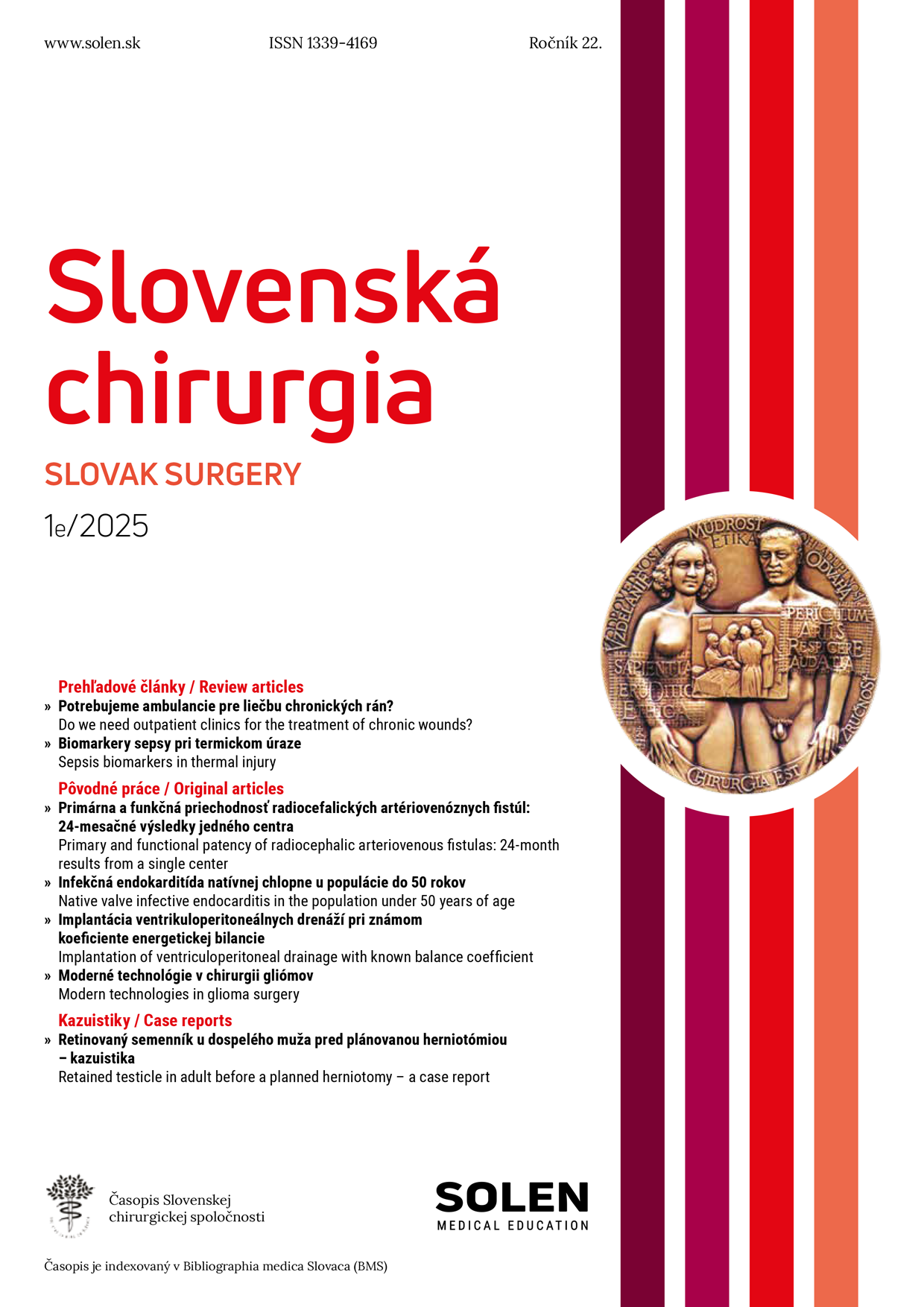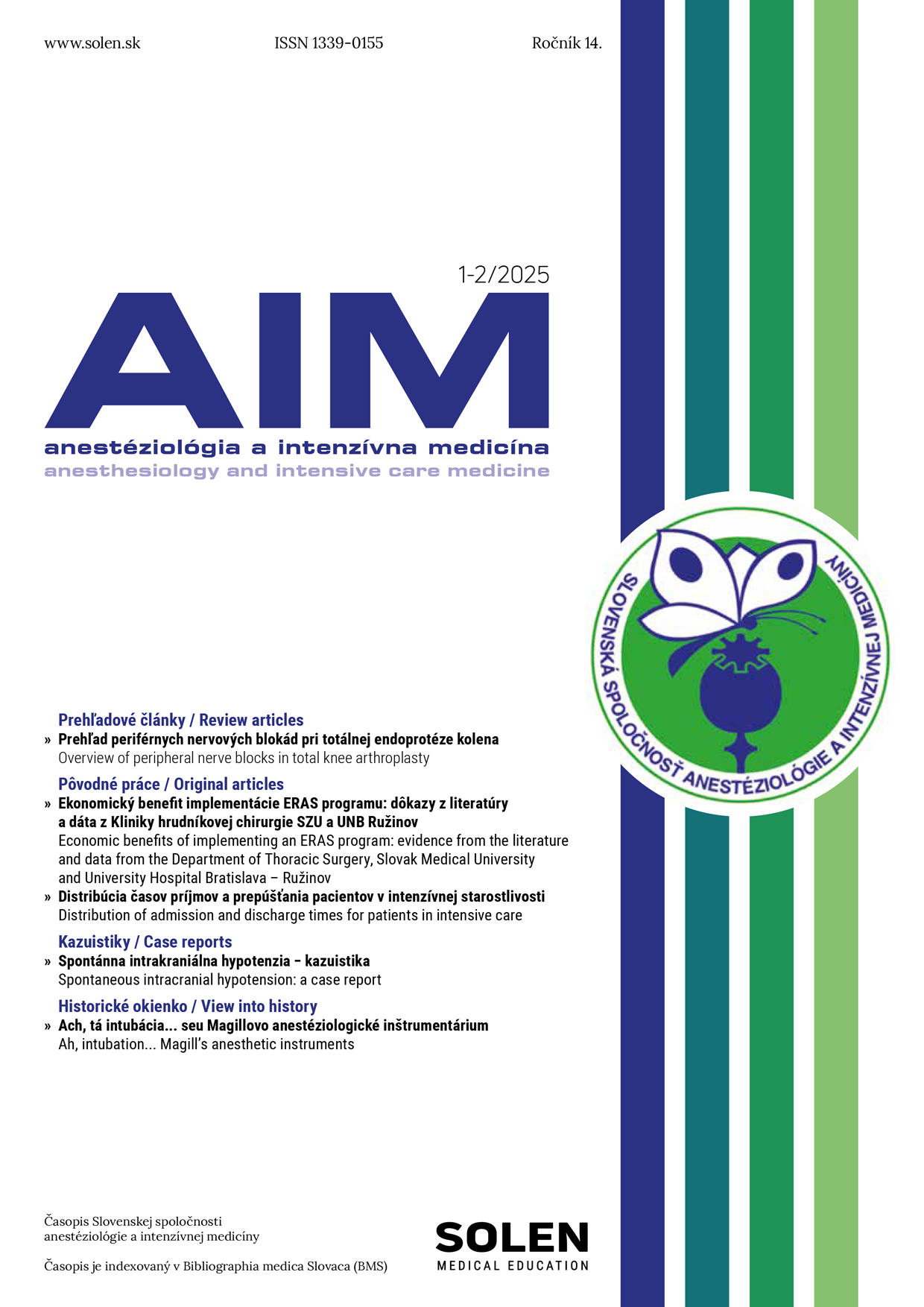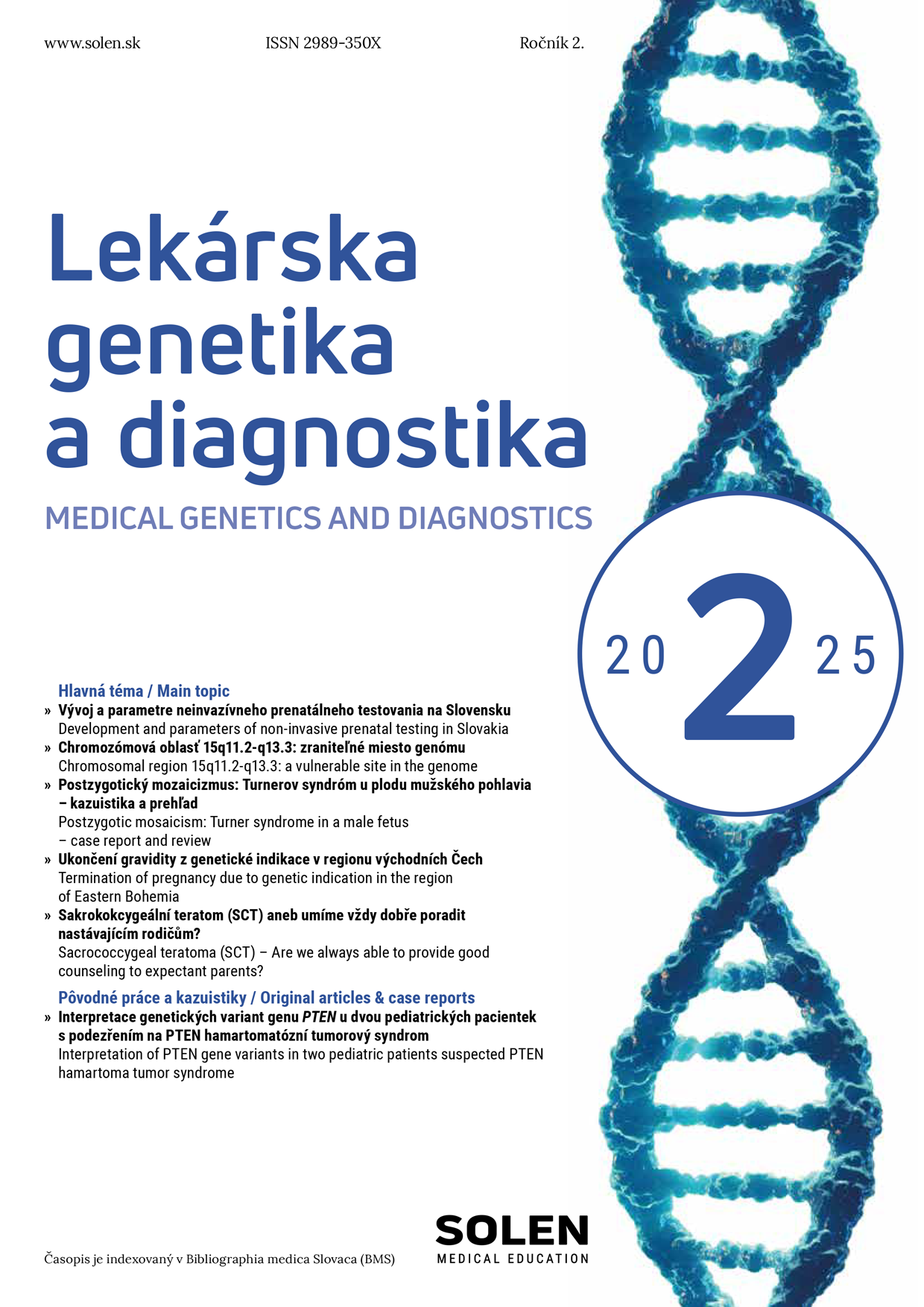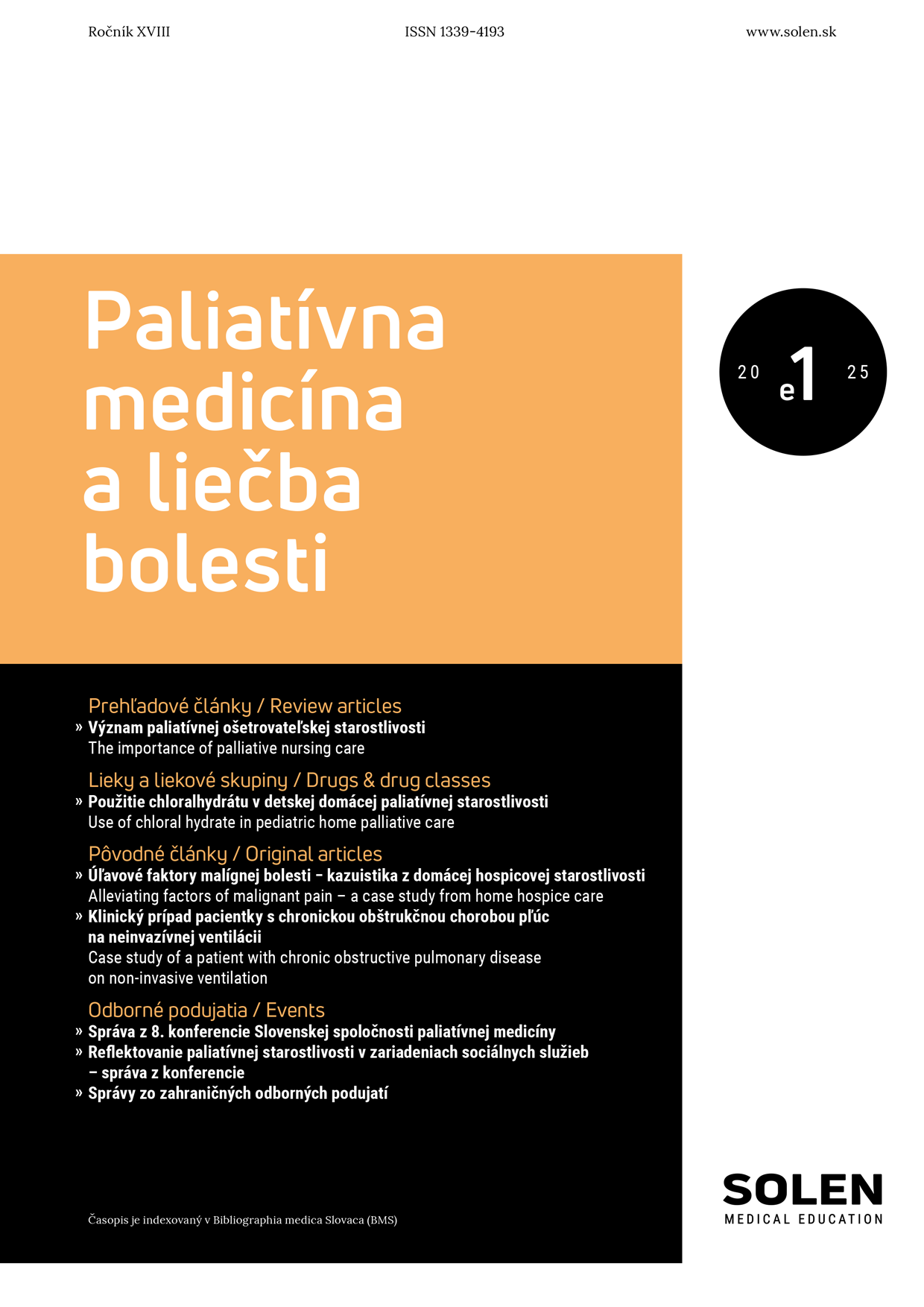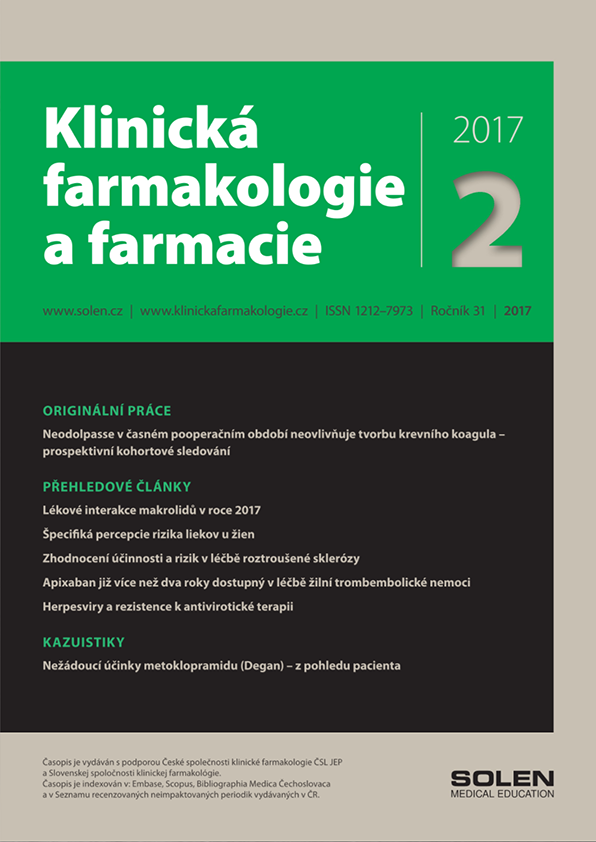Neurológia pre prax 3/2025
IAT + AHSCT: role of high-dose immunoablative therapy with autologous haematopoietic stem cell transplantation in patients with multiple sclerosis
High-dose immunoablative therapy with autologous haematopoietic stem cell transplantation (IAT + AHSCT) is currently the most effective method of interfering with the natural course of multiple sclerosis. Its effect has been shown to be superior to the vast majority of the currently used specific medicinal products. Despite the continuous development of novel drugs with different mechanisms of action, there still remains a certain group of patients with a rapidly developing aggressive course of MS that does not respond to specific disease-modifying therapy. It is in these patients that IAT + AHSCT may be indicated. IAT + AHSCT has a history of nearly three decades and is characterized by a gradual development of individual treatment protocols. At present, a non-myeloablative chemotherapy regimen with cyclophosphamide and antithymocyte globulin (ATG) is most widely used. The treatment is delivered in a haemato-oncology centre where patients first receive mobilization chemotherapy in order to induce the production of CD34+ progenitor cells in the bone marrow, from which a graft is taken that, following chemotherapy with cyclophosphamide and ATG, is transfused into the patient under prophylaxis with antibiotics, antivirals, and antifungals. The most common complications include infections that can even be potentially serious. IAT + AHSCT appears to be effective particularly in those who have experienced a recent (within months preceding the treatment) severe disease attack or significant progression of neurological deficit.
Keywords: chemotherapy, stem cell transplantation, multiple sclerosis, aggressive disease course


